From lighting up your home to illuminating an art gallery, a film set, or retail space, lighting is a daily necessity. It even affects colour perception and how colours are visible. Colour Rendering Index (CRI) is one of the most important parameters determining how true colours are seen when viewed from a different lighting source.
In this detailed article, we will explain lighting fixture CRI, why it matters, applications of CRI in different industries, and how to choose the right CRI for your needs.

Lighting Fixture Colour Rendering Index (CRI)
The Colour Rendering Index (CRI) is a measure of the ability of a light source to reveal the natural colours of objects as compared with natural light. The CRI scale runs from 0 to 100 and flares daylight colours perfectly.
Higher values directly correspond to better colour accuracy, which is an important parameter for the industry in general, but dramatically increases in significance in those areas where high accuracy of colour representation is required, as in art, fashion, photography, and healthcare. Here’s a detailed table summarizing the features of CRI (Color Rendering Index):
| Feature | Details |
|---|---|
| Definition | Measures the ability of a light source to accurately reproduce colors of objects compared to a natural light source. |
| Scale | 0 to 100, where 100 represents perfect color rendering (like natural daylight or incandescent lighting). |
| High CRI (90-100) | Exceptional color accuracy; colors appear vibrant and true to life. Suitable for art galleries, photography, medical facilities, and high-end retail lighting. |
| Medium CRI (80-89) | Good color rendering; widely used in homes, offices, and standard retail settings. Offers a balance between efficiency and acceptable color quality. |
| Low CRI (<80) | Poor color rendering; colors may appear dull or distorted. Common in industrial lighting, warehouses, or outdoor floodlights. |
| Reference Light Source | Incandescent bulb or natural daylight (depending on the correlated color temperature, or CCT, of the light source being tested). |
| Test Colors | Based on a set of 8 to 14 standardized colors (R1-R14). R9 (saturated red) is critical but often overlooked in low-CRI lighting. |
| Calculation | Compares the chromaticity shift of test colors under the light source versus the reference light source. |
| Applications | - Stage Lighting: Ensures performers look vibrant and skin tones are natural. |
| - Retail: Accurately displays product colors, enhancing appeal. | |
| - Photography/Videography: Captures true-to-life colors. | |
| - Healthcare: Accurate diagnosis requires precise color representation. | |
| - Museums/Art Galleries: Preserves the authenticity of artwork. | |
| Limitations | - CRI does not account for all aspects of color quality (e.g., brightness, hue saturation). |
| - Doesn’t measure the vividness or preference of color perception. | |
| - Modern lighting metrics like TM-30-15 provide a more comprehensive analysis. | |
| Modern Alternatives | - TM-30-15: Measures fidelity (Rf) and gamut (Rg) for a detailed analysis of color quality. |
| Relationship to CCT | - Warm Light (e.g., 2700K-3000K): High CRI mimics incandescent light for cozy settings. |
| - Neutral Light (4000K-5000K): High CRI is common in professional and industrial spaces. | |
| - Cool Light (5000K-6500K): High CRI ensures daylight-like clarity, ideal for offices and display settings. |
Why Does CRI Matter?
CRI matters because it affects how we perceive colors under artificial light, influencing both practical functionality and aesthetic experiences. A high CRI light source ensures that colors appear vibrant, natural, and true-to-life, while a low CRI source can make colors look dull, washed out, or even misleading.

For instance, a high CRI light can be useful when shopping for clothes, as it can distinguish between bright and vibrant shirts and those that are dull. Photography, and film, need CRI to get skintones and smaller colour details, right?
How Is CRI Measured?
CRI is rated by comparing how an actual set of 8 standardised colour samples appears under the test light compared to a reference light, usually daylight or an incandescent light bulb. This comparison gives us a score between 0 and 100.
CRI Measurement Process: The CRI score is computed by viewing how a light source depicts 8 standard colours (R1 to R8) compared to their original appearance under sunlight. Each colour receives a score from 0 to 100, ranging from zero for imperfect colour rendering to 100 for perfect colour rendering. The scores for the eight colours are then averaged, resulting in the CRI score.

What Does a High CRI Mean and Its Benefits?
Excellent lighting sources that give colours close to those seen with natural sunlight have a CRI value of 90 or more. They are used mostly in professional usage, such as art galleries, photography studios, theatres, and hospitals. For example, the use of a CRI rating of 80+ might be sufficient for everyday use, office lighting, or home lighting.
Benefits:
Improved Colour Accuracy
When you utilise high CRI lighting, you can be sure that colours are perceived as they are; thus, it’s essential for precision-themed work like art galleries, editing, and photography, as well as when presenting products.
Enhanced Ambience
Having a higher CRI means you are able to create a more natural and pleasant lighting environment to help create the overall ambiance of a space.
Energy Efficiency
Another advantage of high-CRI lighting products from Betopper is the energy-efficient use of the latest LED technology and long-lasting performance without any compromise on the quality of light.
Different Lighting Technologies Using CRI
Over the years, lighting technology has greatly improved, and every type of lighting has its own impact on CRI.
1. LED Lights
The lighting industry has been revolutionised by LEDs with their longer lifespan and energy efficiency. With modern, high-quality LEDs, you can obtain a CRI of 90 or more, while many models have exceptional colour rendering. For this reason, these lights can be used from home lighting up to professional venues.
Read more: LED vs. Halogen Headlights: Which is Better?
2. Fluorescent Lights
Fluorescent lights typically have a CRI ranging from 50 to 85, depending on the type and quality. Standard fluorescent lights, with a CRI of around 60-70, provide adequate illumination but may distort colors, making them appear washed out or unnatural. These are commonly used in industrial or utility settings where color accuracy is not a priority.
High-CRI fluorescent lights, such as tri-phosphor lamps, can achieve a CRI of 80-90, offering improved color rendering suitable for environments like schools, retail stores, and healthcare facilities. However, even high-CRI fluorescent lights often fall short compared to LED technology, which provides superior color accuracy, efficiency, and versatility in modern lighting applications.
3. Incandescent and Halogen Bulbs
These bulbs produce a warm light with a CRI of approximately 95–100. Though incandescent bulbs have been phased out in many countries because they are so inefficient and short-lived, their colour rendering was near perfect, almost matching natural sunlight. However, these both are not as energy efficient as the LEDs nor as durable.
CRI Value Breakdown
Understanding the CRI value is essential when selecting lighting fixtures. Different CRI values represent different levels of colour accuracy. Here’s a breakdown of CRI, its value ranges, performance, and typical usage:
| CRI Value | Performance | Usage/Applications |
|---|---|---|
| 90-100 | - Excellent color rendering. | - Art Galleries, Museums: Displays colors true to life. |
| - Natural, vibrant, and highly accurate colors. | - Photography/Videography: Ensures accurate skin tones and colors. | |
| - Healthcare: Accurate diagnosis in medical imaging and procedures. | ||
| - Luxury Retail: Enhances the appeal of premium products like clothing or jewelry. | ||
| 80-89 | - Good color rendering. | - Homes and Offices: Comfortable for daily use. |
| - Colors appear fairly accurate with minor discrepancies. | - Standard Retail: Displays products like groceries and furniture effectively. | |
| - General Commercial Spaces: Ensures a balance of efficiency and color accuracy. | ||
| 60-79 | - Fair color rendering, but noticeable inaccuracies in color perception. | - Warehouses and Factories: Emphasis on visibility rather than color accuracy. |
| - Limited reproduction of saturated or true-to-life colors. | - Parking Lots, Streetlights: Functional lighting with less focus on aesthetics. | |
| 0-59 | - Poor color rendering; colors are distorted or dull. | - Industrial and Utility Areas: Focus on brightness and energy efficiency rather than color fidelity. |
| - Lacks ability to represent colors accurately. | - Outdoor Security Lighting: Prioritizes illumination over color quality. |
Importance of Lighting Fixture Applications in Different Industries
Stage Lighting
CRI is crucial in stage lighting because it ensures that colors appear vivid, natural, and true to life under artificial light. High CRI stage lights accurately render skin tones, costumes, and set designs, preserving the artistic intent and enhancing the audience's visual experience.
Poor CRI can distort colors, diminishing the impact of performances and making key details less visible. Whether in theater, concerts, or events, using high-CRI lighting creates a more immersive and visually stunning production.
Home Lighting
In the cases of homes, lighting fixture CRI directly affects the perception of colours for furniture, wall paint, and décor in homes. High-CRI LED lights in kitchens and living rooms enhance the vibrancy and lifelike appearance of colours. In rooms with natural light, it is particularly important that the colours look appealing as the daylight fades.
Retail and Commercial Spaces
Consumer perception and purchasing decisions of a product are largely affected by retail lighting, as lighting can yield profound emotions and behaviours. Products made of clothing and jewellery require a high CRI light, meaning they must be seen in the most accurate and pleasing colour possible.
Photography and Film
For photographers and videographers, high CRI lighting is a necessity, as it provides accurate colours—especially skin tones. Most professional settings use studio lights that have a CRI of 90 or higher.
Medical and healthcare settings
Accurate colour representation is required in medical environments. For example, surgeons use high CRI lights to be sure to see tissue colours during operations. High CRI lighting in dental clinics is used so that teeth and gums can be inspected and treated with 100% precision.
Art and Design
High CRI (or Colour Rendering Index) gallery lighting is necessary to ensure that colours that artists perceive in artificial light appear exactly the same to life when presented to clients or the public.
In these critical sectors, without proper lighting, colour distortion can affect the perceived quality of products, art, and even medical diagnoses. CRI lighting must be high to ensure that colours are accurate and consistent for the functioning of these environments.
How to Select the Appropriate Lighting Fixture CRI for You?
The environment and its lighting requirements will dictate the choice of CRI. Here are some guidelines to help you make the best choice:
- Check the CRI Rating: For settings where colour accuracy is important, get a CRI of 90 or higher.
- Consider the CCT: Then select a CCT appropriate to the mood or environment of the space/event.
- Energy Efficiency: For quality or energy efficiency, high CRI LED lights are generally the best.
Top Picks Lighting Fixtures from BetopperDj
Here’s a breakdown of how the CRI (colour rendering index) relates to the Betopper products based on their specifications;
Betopper’s stage lights tend to be engineered for high CRI ratings (90+) for professional lighting environments, such as big events, weddings, and photography. Let’s have a look on these top picked lighting fixtures.

| Feature | Betopper LPC010N 54x4w High CRI PAR Light | Betopper LCX200 High CRI LED Spotlight |
| Light Source | 54*4W(RGBW 4-in-1) | 300W RGBWA + UV |
| CRI | ≥90 |
≥97 |
|
Lifespan |
50000 hours |
50000 hrs |
|
Application |
Wedding/party/performance/multi-purpose |
Ideal for photography and video Applications |
|
Coontrol Mode |
Auto/Sound/DMX/Master-salve |
DMX512, manual, RDM |
Future innovation with Lighting Fixtures CRI
The technology of lighting is always changing. One of the most hotly debated things today is the development of smart lighting systems—lighting that can dynamically change its colour temperature and intensity.
The CRI offered by BetoppersDJ’s products for both residential and commercial spaces is superior. Our lighting fixtures are designed and engineered to deliver the highest CRI because we believe that colour accuracy directly affects the enjoyment of the thing we see.
Whether you are planning to distinguish a skilled photography studio space or an events organising company, Betopper's lighting products will ensure your colours shine, regardless of the time of day, thereby increasing both energy efficiency and lighting quality.
Conclusion
From home lighting to professional venues lighting fixtures are impacted by the Colour Rendering Index (CRI), which is a vital measure of whether our artificial light sources actually render colours well.
CRI is thoughtful to understand, and by choosing the right lighting for your requirements, you can be sure your venue is equipped with an appropriate mix of colour precision, ambiance, and electricity effectiveness.
FAQs
What is a favourable colour rendering index for home lighting?
A CRI of 80 or above for home lighting is fine. But for places like kitchens, living rooms, and where accurate colour is important (such as in art studios), CRI should be 90+.
How can a low CRI impact my health?
Low CRI won’t harm you, but inadequate lighting can. It means if your lighting quality is poor, it could put pressure on your eyes and cause eye strain, or that you feel uncomfortable.
Why Betopper for my Lighting?
Betopper has a range of high-CRI LED lights for different industries, such as retail, and professional photography. Their lights offer high performance, a long lifespan, and maximum energy efficiency, ensuring you receive value for your investment.










































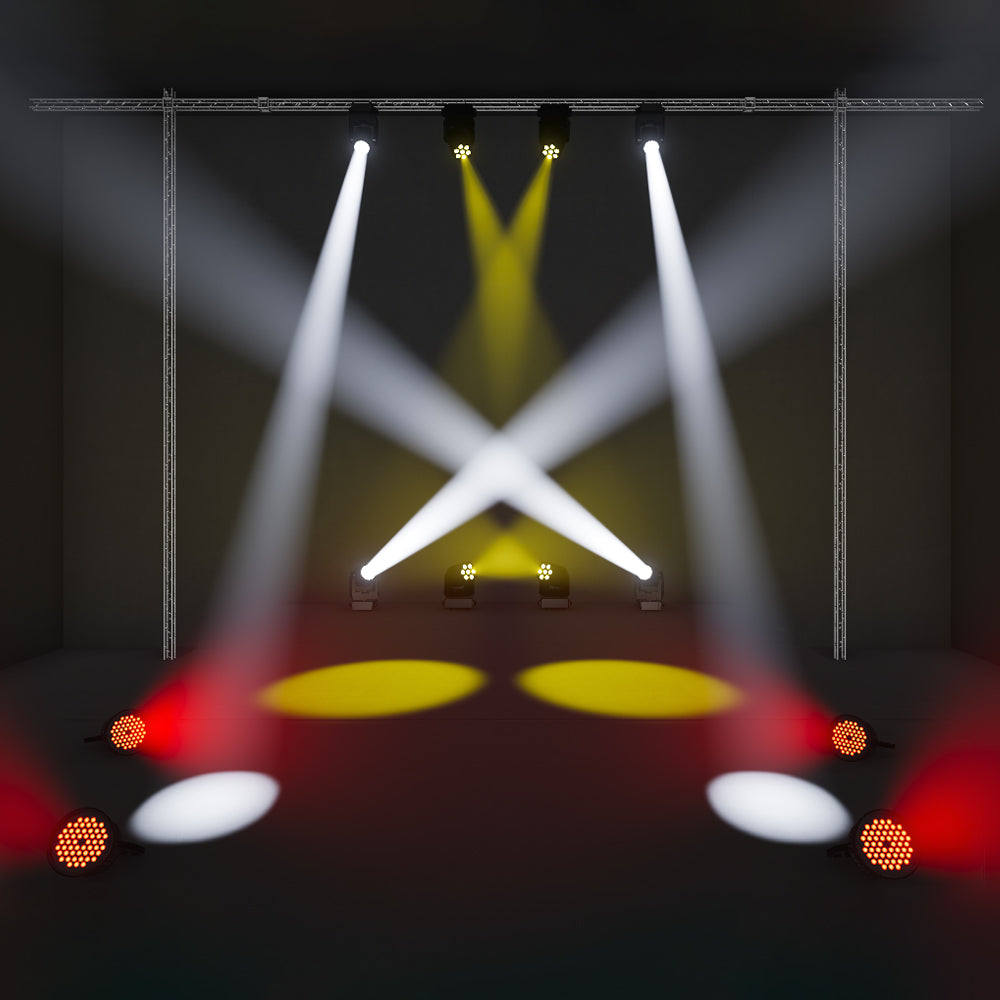
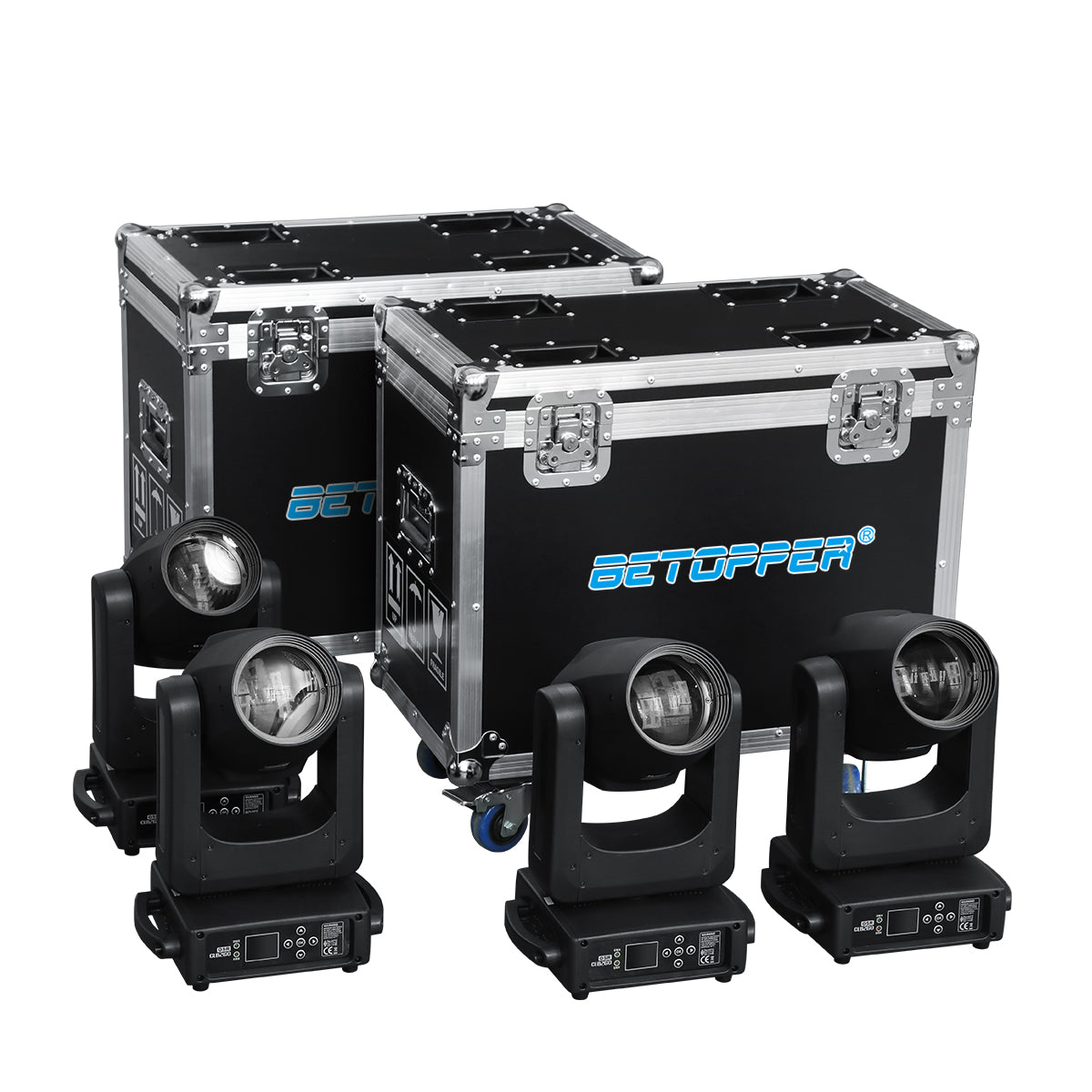
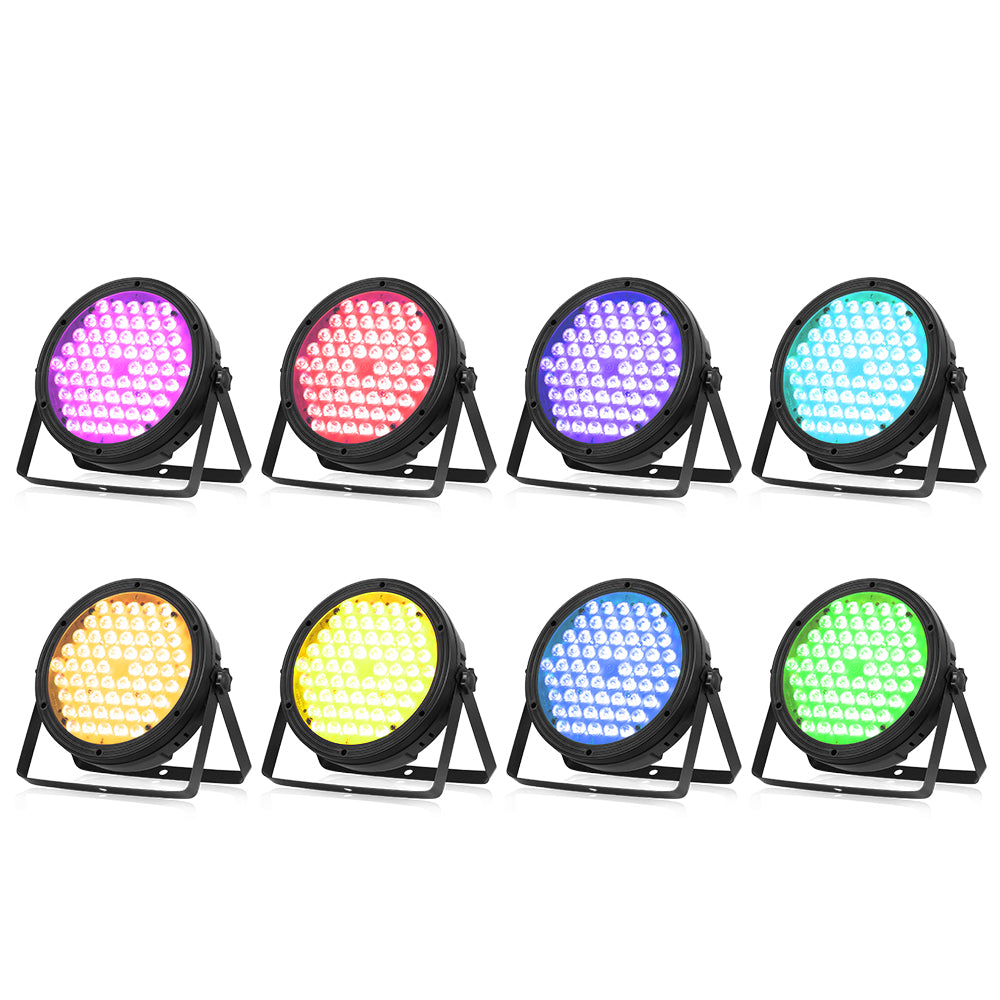
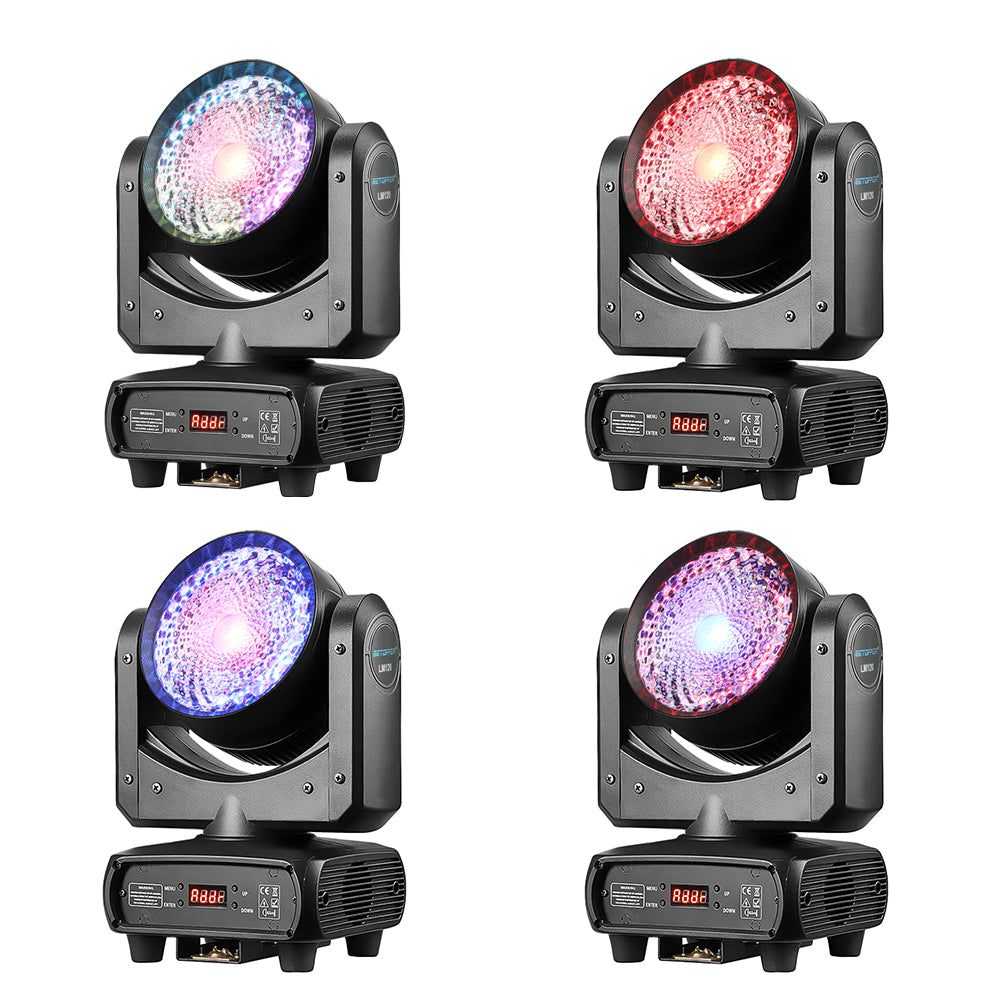
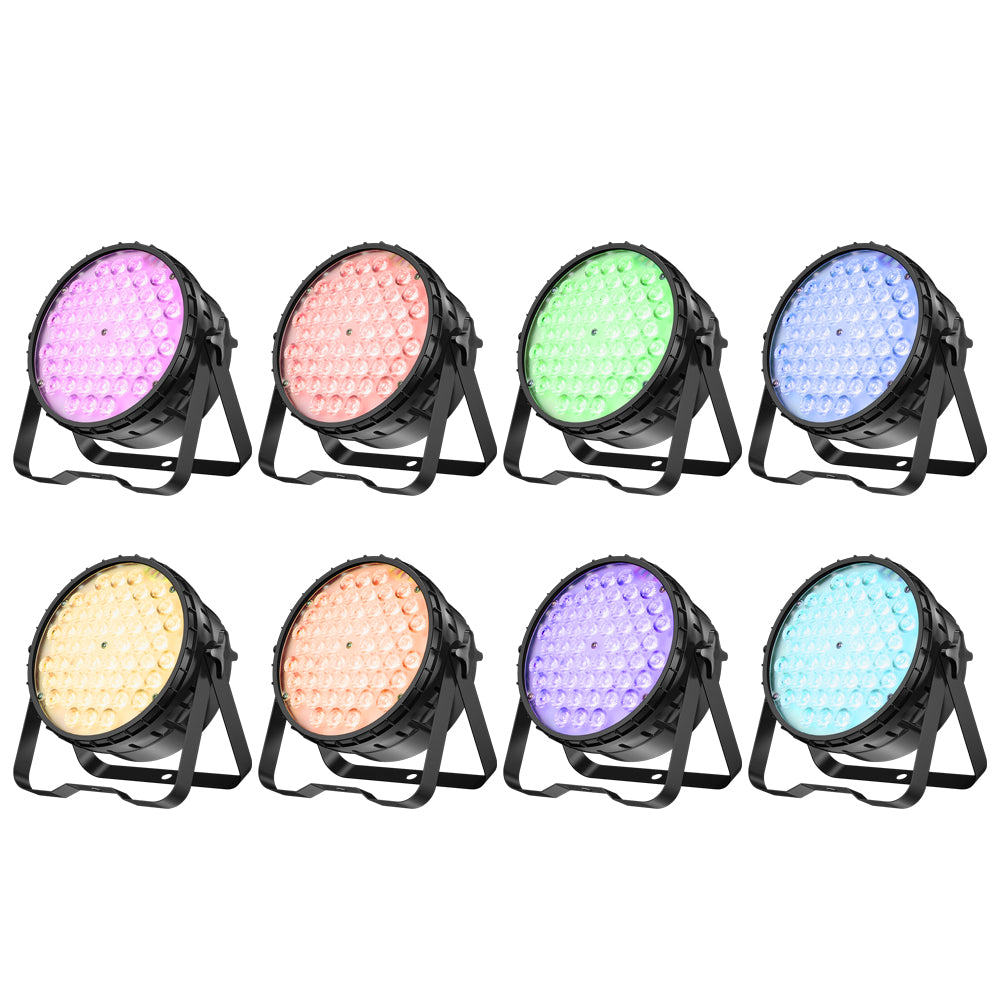

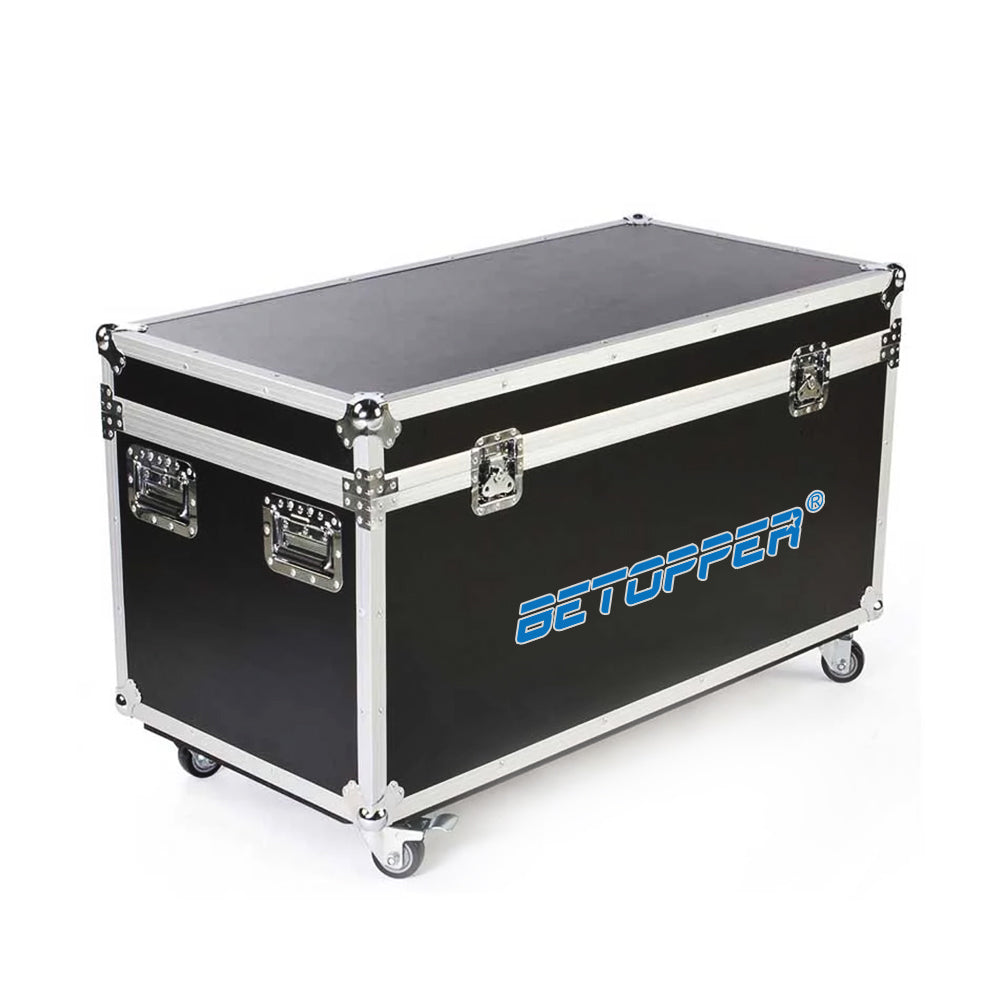
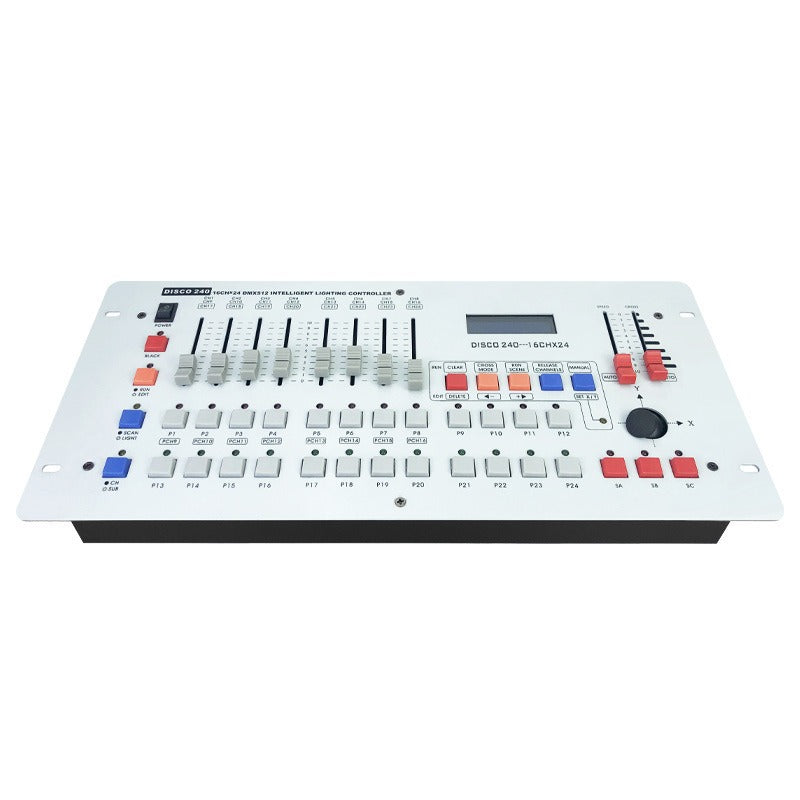
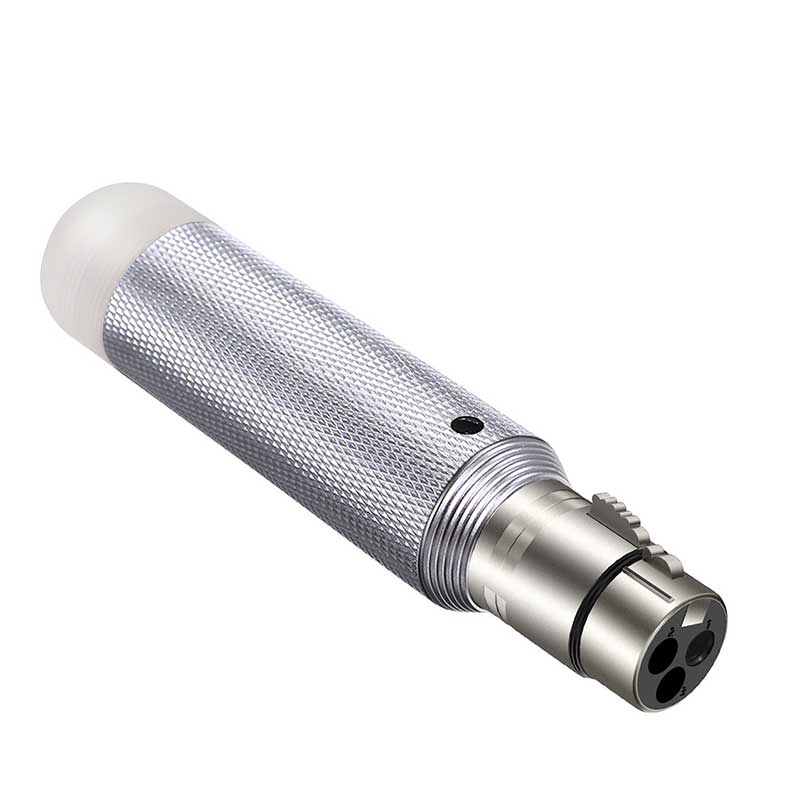


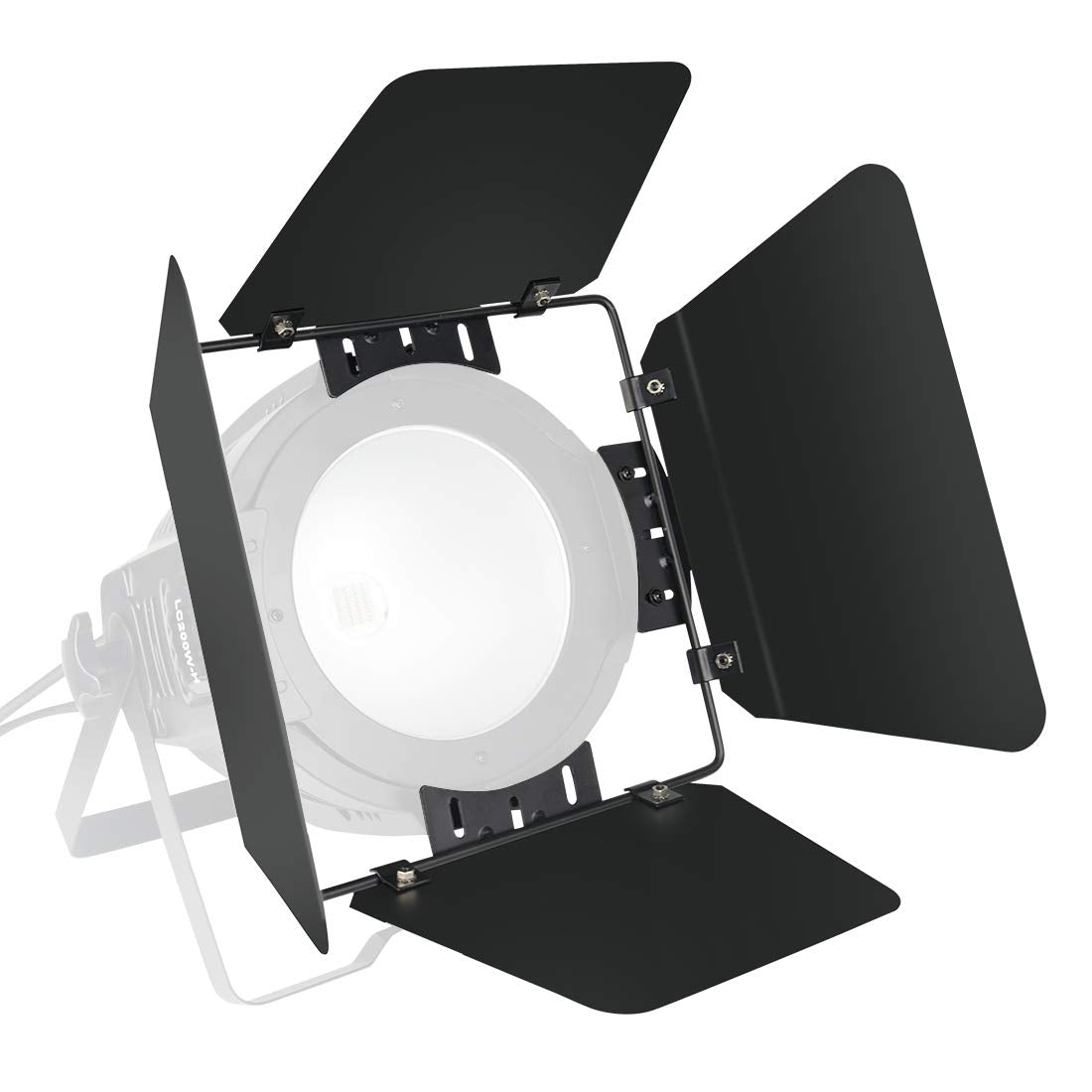
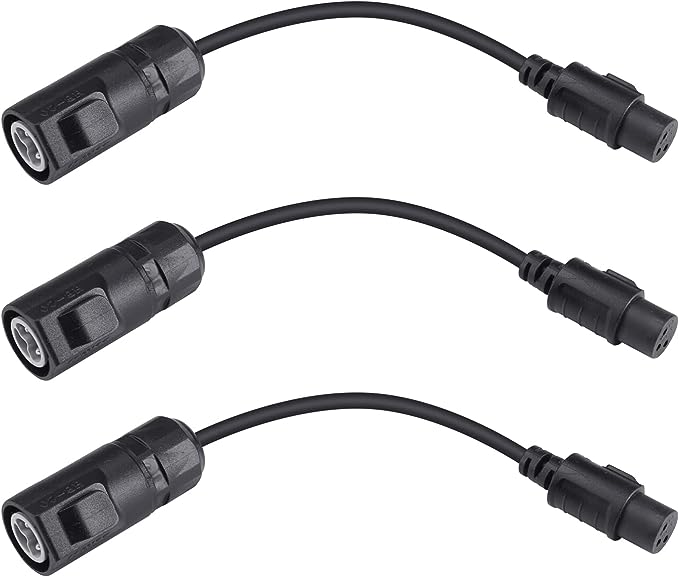
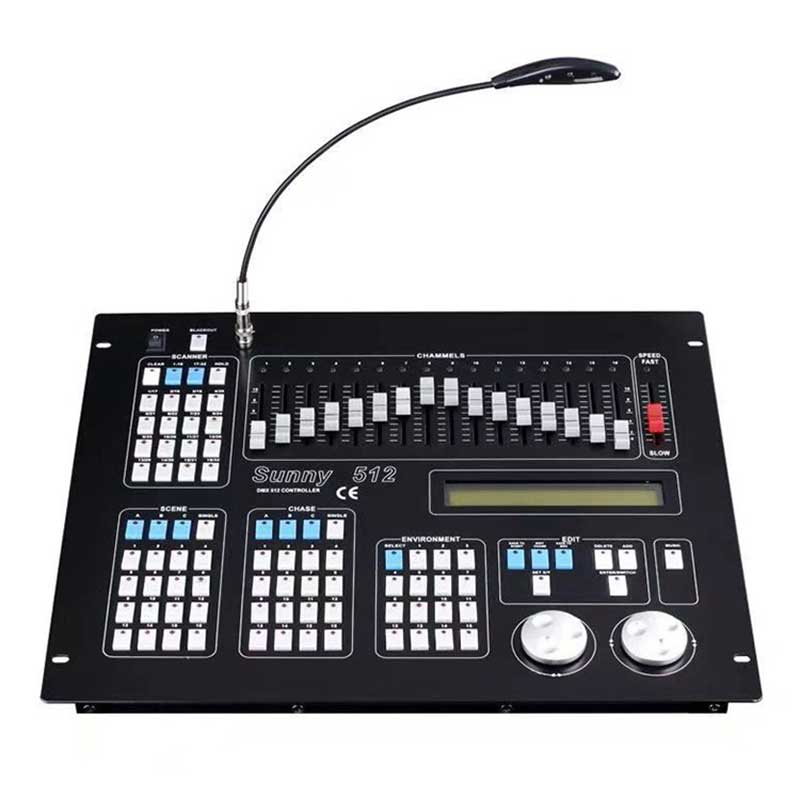

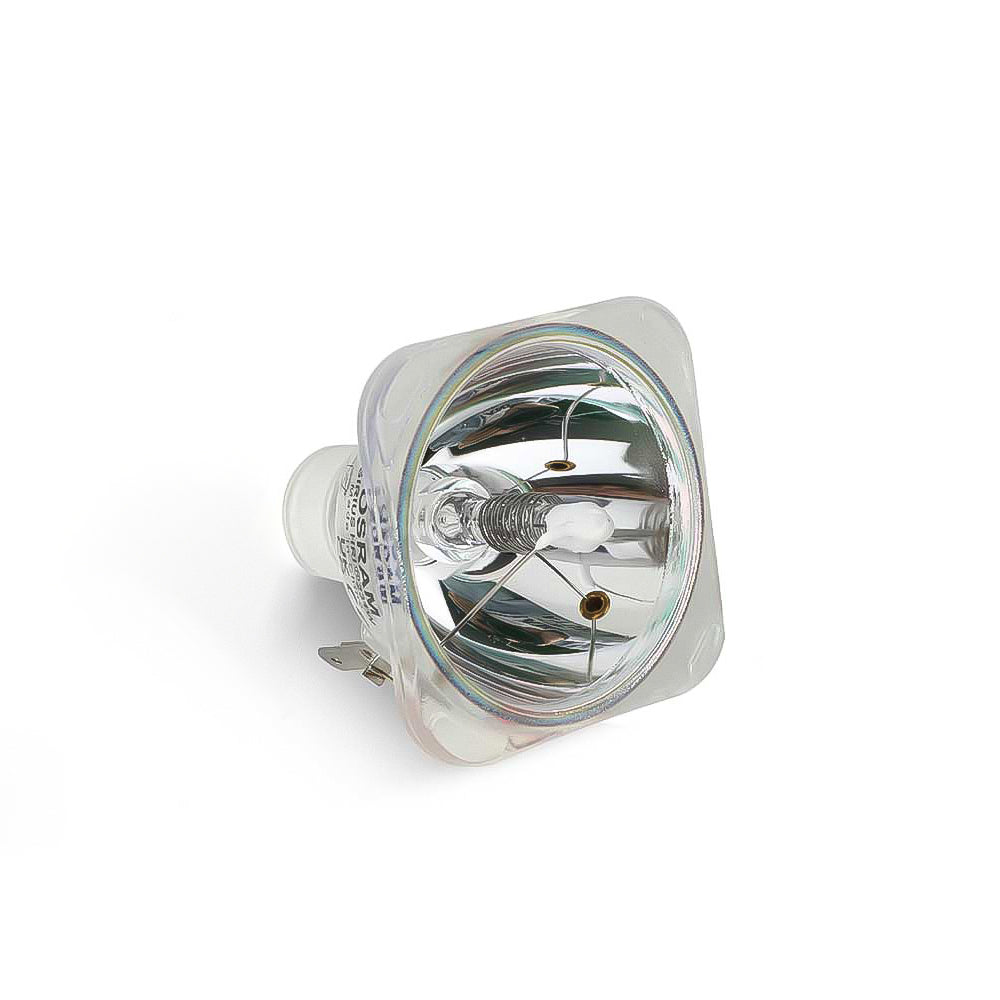

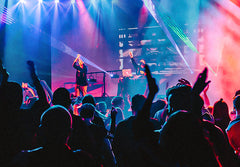
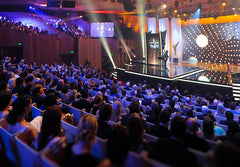




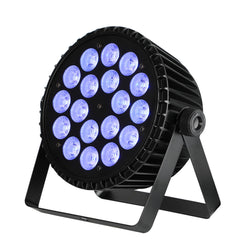
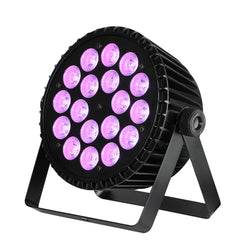
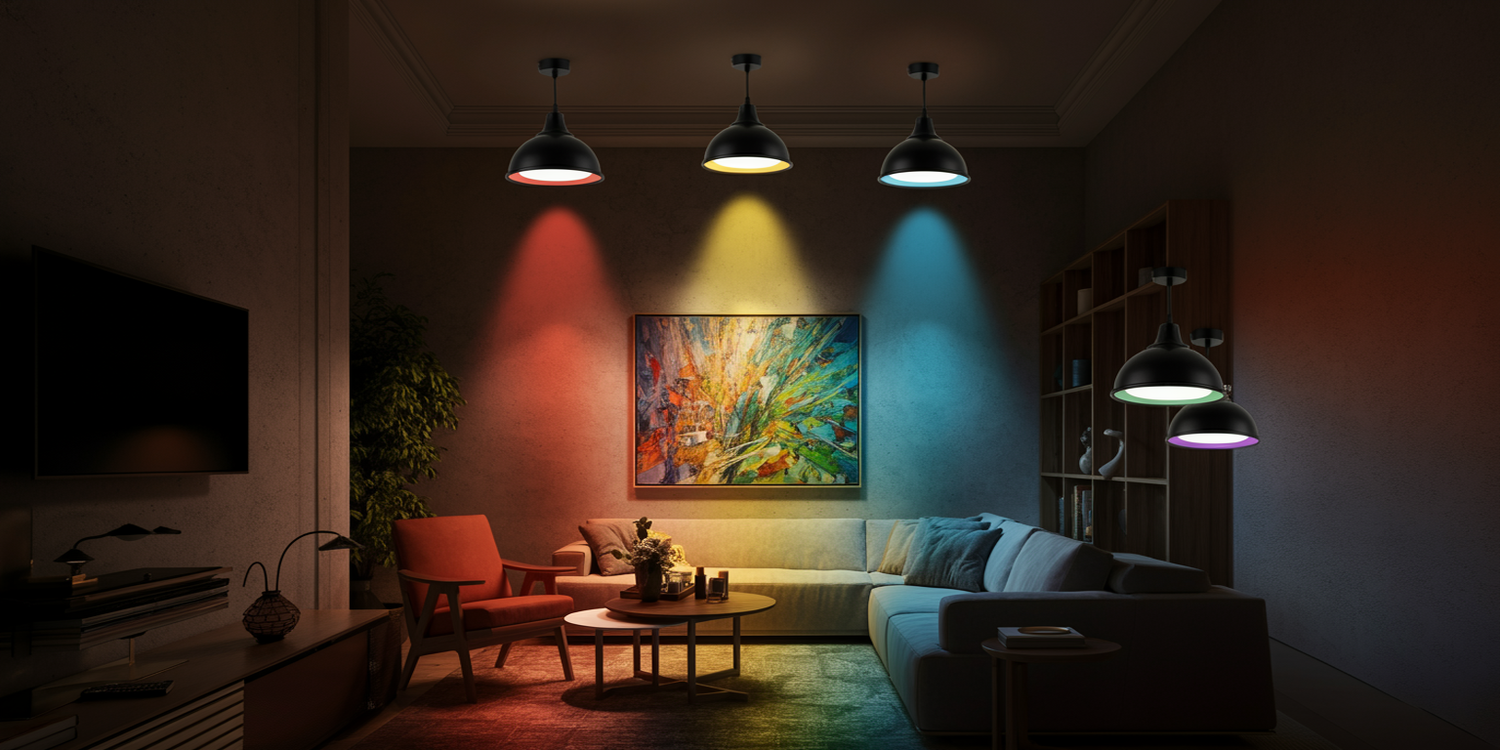

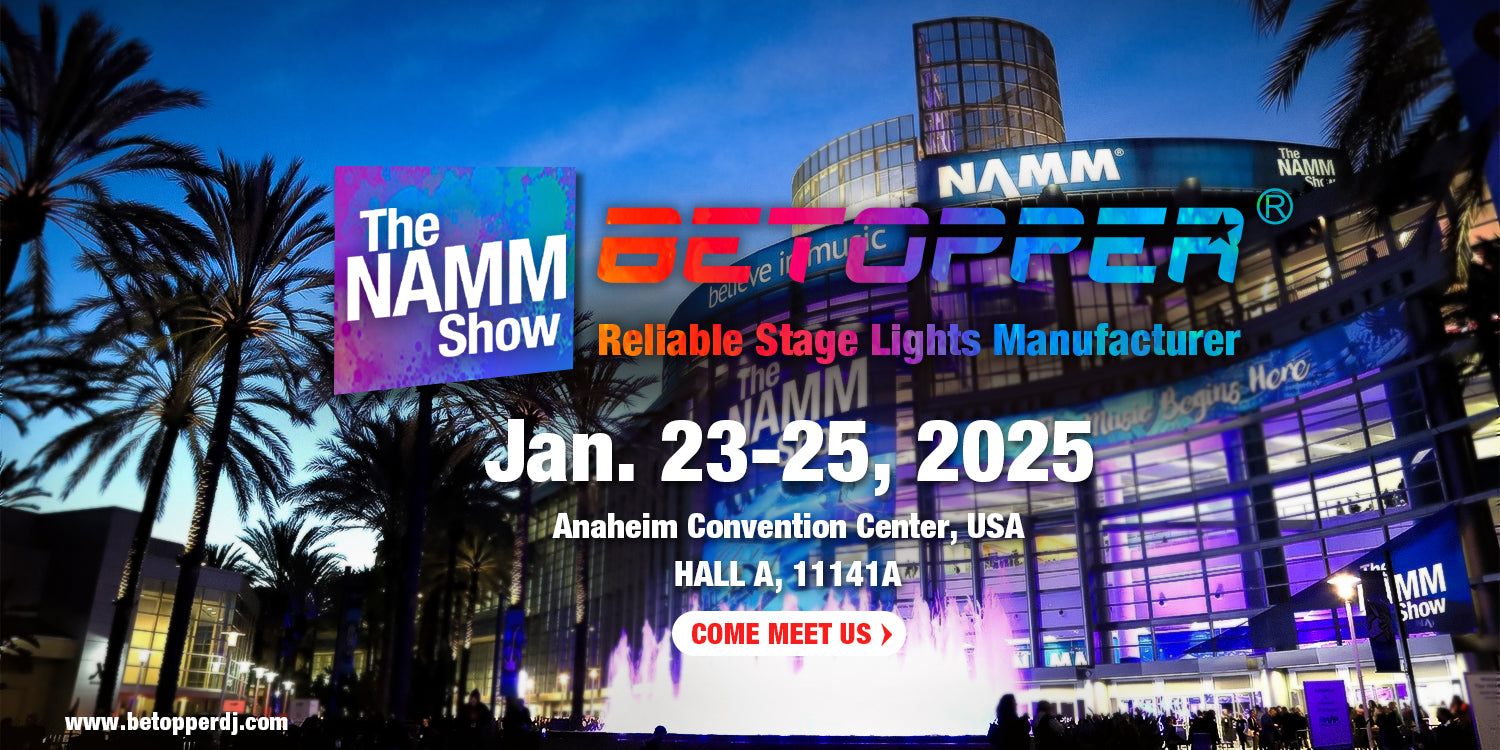
Leave a comment
This site is protected by hCaptcha and the hCaptcha Privacy Policy and Terms of Service apply.